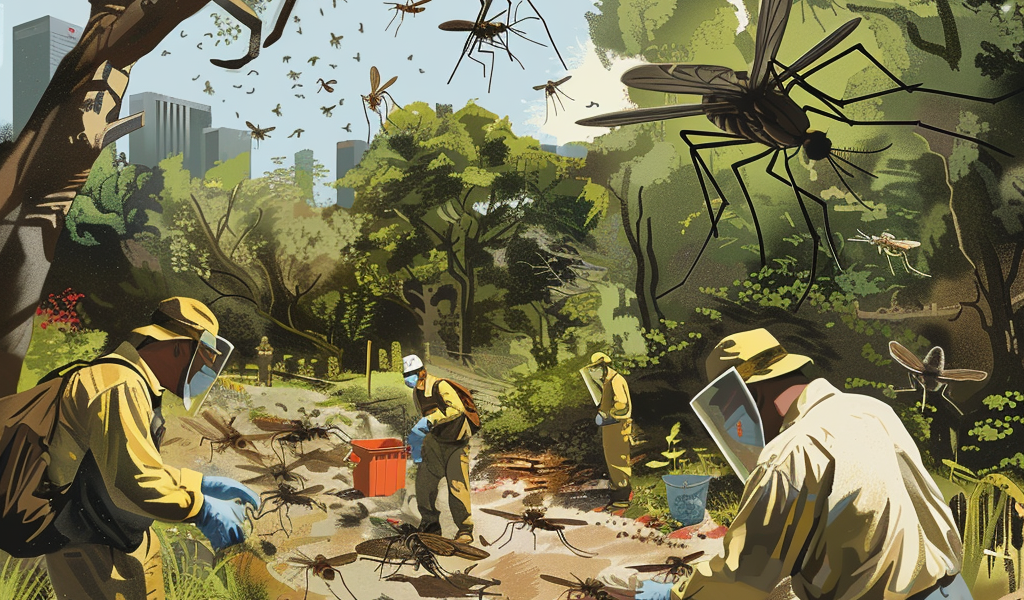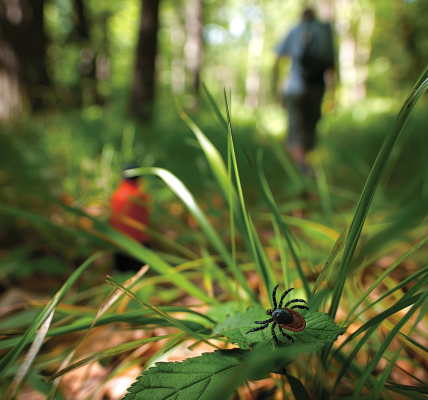In a bid to combat aggressive female mosquitoes in Los Angeles, the Greater Los Angeles County Vector Control District has initiated a unique approach – releasing thousands of sterile male mosquitoes into the local environment. This innovative pilot program aims to tackle the growing population of Aedes aegypti mosquitoes, a species that has increasingly targeted humans in Southern California since 2014.
The sterile male mosquitoes, which have been irradiated in labs, are intended to mate with wild female mosquitoes, rendering the resulting eggs non-viable. By introducing these sterile males into the ecosystem, officials hope to disrupt the breeding cycle of Aedes aegypti, ultimately reducing their numbers and mitigating the risk they pose to public health.
According to experts like Daniel Hahn, a professor at the University of Florida, Aedes aegypti mosquitoes have adapted over time to specialize in living near human habitats and feeding on humans. These mosquitoes are known for their aggressive biting behavior and can transmit diseases such as yellow fever, Chikungunya, Zika, and dengue.
The Greater Los Angeles County Vector Control District, which serves a population of 6 million people and employs over 90 full-time staff members, recognizes the impact of mosquito-borne diseases on residents. In an effort to address this issue, the district has undertaken the release of sterile male mosquitoes as a proactive measure to control the Aedes aegypti population.
During the initial phase of the pilot program, approximately 20,000 sterile male mosquitoes were released, each marked with a fluorescent dye for tracking purposes. Since male Aedes aegypti mosquitoes do not bite, the program is considered low-risk for human exposure. Moving forward, the district plans to release a higher ratio of sterile mosquitoes compared to wild males in the target area, further disrupting the reproductive cycle of the mosquito population.
This strategic approach to mosquito control demonstrates the district’s commitment to innovative solutions for public health and environmental management. By leveraging scientific advancements and targeted interventions, Los Angeles aims to safeguard its residents from the threats posed by disease-carrying mosquitoes, ensuring a safer and healthier community for all.





